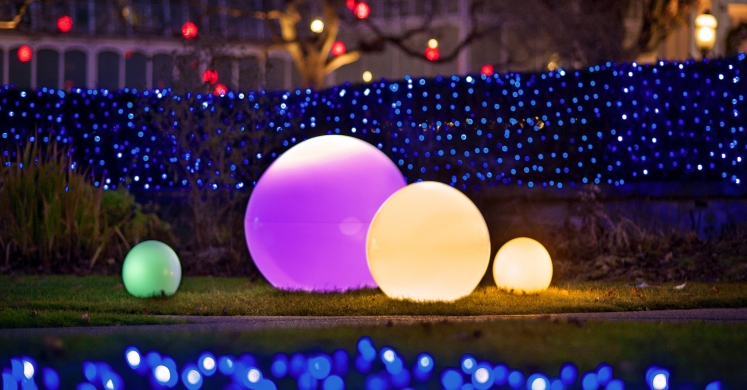Blog

#bioPGH Blog: El Niño
 A resource of Biophilia: Pittsburgh, #bioPGH is a weekly blog and social media series that aims to encourage both children and adults to reconnect with nature and enjoy what each of our distinctive seasons has to offer. From the best times to plant seasonal flora and enjoy their peak blooms, to astronomical events and creatures to keep an eye and ear out for, Phipps will keep you in the know with what’s going on in our environment!
A resource of Biophilia: Pittsburgh, #bioPGH is a weekly blog and social media series that aims to encourage both children and adults to reconnect with nature and enjoy what each of our distinctive seasons has to offer. From the best times to plant seasonal flora and enjoy their peak blooms, to astronomical events and creatures to keep an eye and ear out for, Phipps will keep you in the know with what’s going on in our environment!
The holidays have taken on quite a different feel this year as Pittsburgh and several other East Coast cities have been experiencing a warmer-than-usual winter. These above-average temperatures have had many individuals, as well as native species of plants and animals, questioning whether it’s actually the beginning of spring and not winter. As you’ve been walking about the city, you may have noticed the unseasonable appearance of green foliage and blooming flowers and even some animals that would otherwise be dormant this time of year, such as frogs and toads. But what exactly is causing this unseasonably warm winter for the Northeast? The answer to that question is a combination of effects from this year’s exceptionally strong El Niño event, a warming event that occurs when the temperature of the Pacific Ocean rises along the Equator, and the Arctic Oscillation, the stream of wind that runs along the Northern Hemisphere and contains the cold Arctic air. With the cold Arctic air trapped above the Northern Hemisphere by the Arctic Oscillation, El Niño's warm streak has been prolonged resulting in our exceptionally mild and, to an extent, spring-like winter.
Connecting to the Outdoors Tip: While we’ve experienced a rather unusual winter so far, and it’s difficult to say what truly awaits us in 2016, meteorologists have predicted that these above average temperatures won’t last much longer. And, beginning in January, Pittsburgher’s should start to experience a cool-down to more seasonably-appropriate temperatures for our region. It’s still the perfect opportunity to get outside and enjoy the greenery of Pittsburgh’s outdoor venues and parks while you still can. This winter’s weather trends also pose a good opportunity to learn more about our climate and the environmental phenomena that drive it. Consider helping little ones understand our weather trends by sharing your newfound knowledge and partaking in activities with them such as, exploring ocean currents or making your own thermometer. Who knows, you may just inspire a future meteorologist, oceanographer, or physicist!
Continue the Conversation: Share your nature discoveries with our community by posting to Twitter and Instagram with hashtag #bioPGH, and R.S.V.P. to attend our next Biophilia: Pittsburgh meeting.
Additional Resources:
"Understanding El Niño" - The New York Times
Arctic Oscillation (AO) - National Oceanic and Atmospheric Administration
Ocean Currents: Weekly Science Activity - Science Buddies
How to Make a Thermometer - Education.com
Ten Weather Science Experiments - Kids Activities Blog
Photos © Paul g. Wiegman; Denmarsh Photography, Inc.
